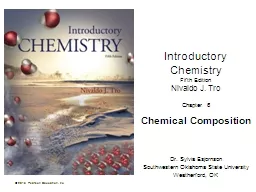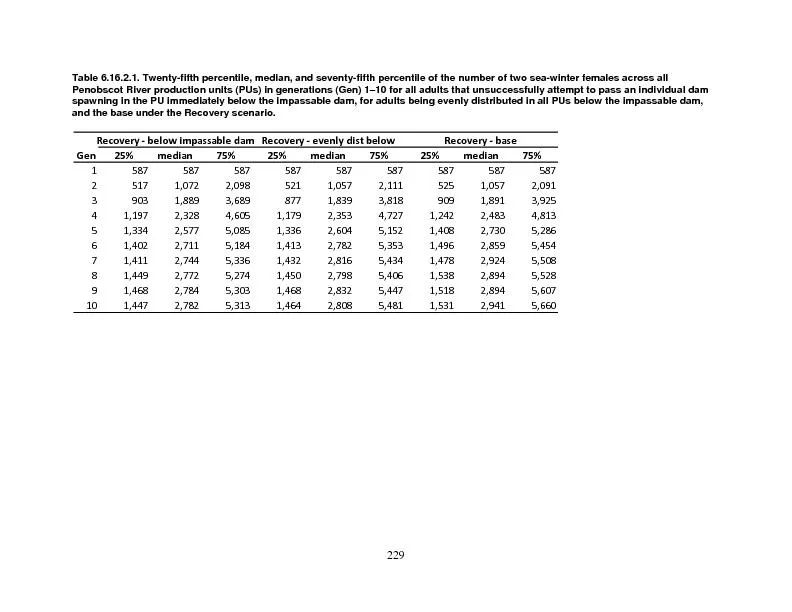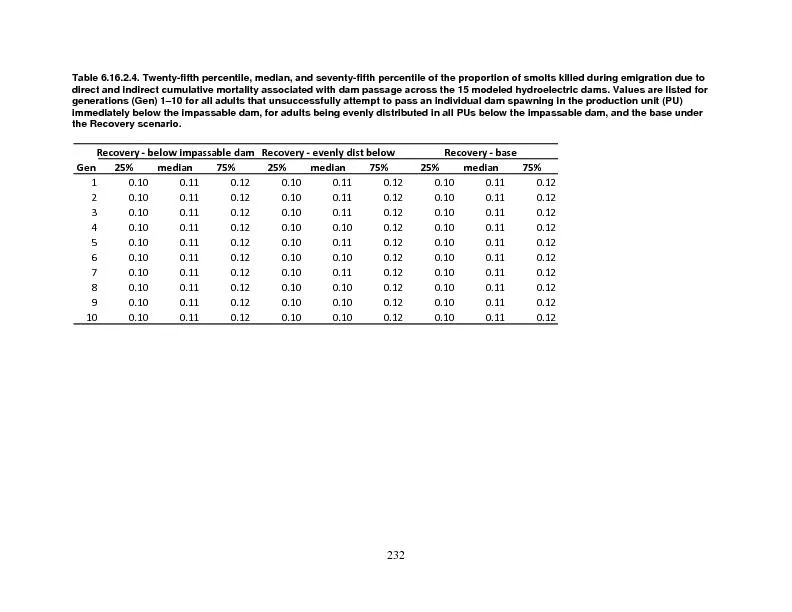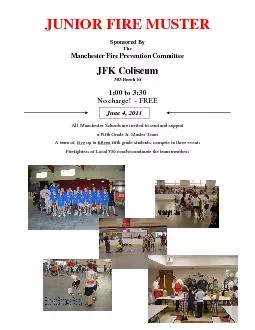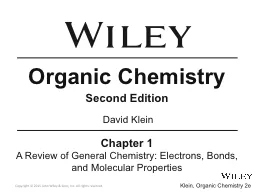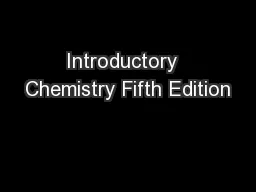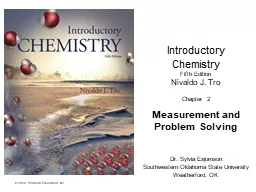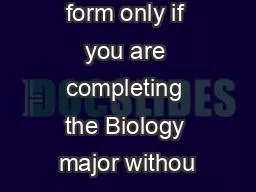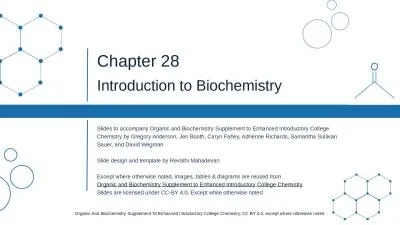PPT-Introductory Chemistry Fifth Edition
Author : alida-meadow | Published Date : 2018-12-12
Nivaldo J Tro Chapter 6 Chemical Composition Dr Sylvia Esjornson Southwestern Oklahoma State University Weatherford OK How Much Sodium Sodium is an important
Presentation Embed Code
Download Presentation
Download Presentation The PPT/PDF document "Introductory Chemistry Fifth Edition" is the property of its rightful owner. Permission is granted to download and print the materials on this website for personal, non-commercial use only, and to display it on your personal computer provided you do not modify the materials and that you retain all copyright notices contained in the materials. By downloading content from our website, you accept the terms of this agreement.
Introductory Chemistry Fifth Edition: Transcript
Download Rules Of Document
"Introductory Chemistry Fifth Edition"The content belongs to its owner. You may download and print it for personal use, without modification, and keep all copyright notices. By downloading, you agree to these terms.
Related Documents

